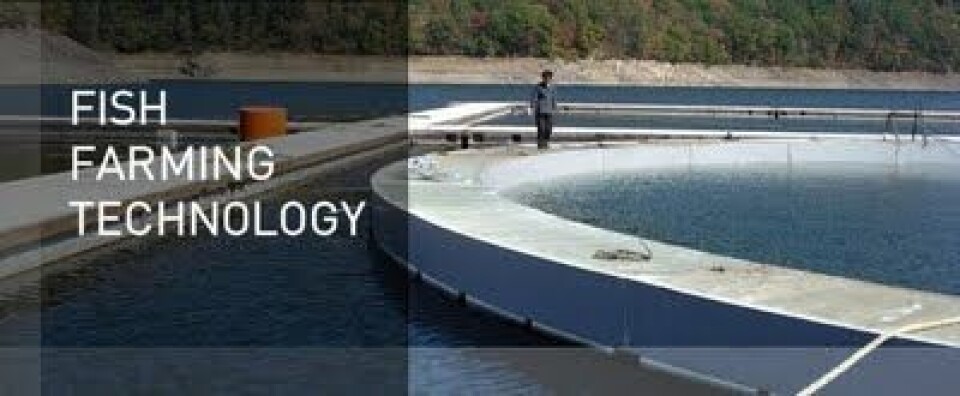
Report shows fish farming soaring - led by China
The WorldFish Center, a non-governmental group that advocates reducing hunger through sustainable fishing, and environmental organization Conservation International found that 47 percent of food fish came from aquaculture in 2008, the Independent reported.
The study said that China alone accounted for 61 percent of the world's aquaculture - a significant part of it carp, which is highly demanding in resources - and Asia as a whole for some 90 percent.
The study argued that aquaculture was not as destructive as raising livestock such as cattle and pigs, which places severe strains on land and water use and is a major source of climate change.
"I think the likelihood for the demand for aquaculture products diminishing is very unlikely at this point," Sebastian Troeng, vice president for marine conservation at Conservation International told the newspaper.
"So what we need to figure out is, if this growth is continuing, how can we make sure that it is met in a way that doesn't put an undue burden on the environment, so that best practices are used and species groups are cultured that don't have excessive impact," he said.
The study looked at the impact of aquaculture in areas including energy use, acidification and climate change.
Along with carp, the species with the greatest environmental impact include eel, salmon, shrimp and prawn as they are carnivorous, meaning that farms need fish feed - and more energy - from the outside.
On the other end of the spectrum, the farming of mussels and oysters - along with seaweed - has a lesser impact.
The study found wide variations between countries, giving hope that the sharing of best practices could limit impact on the environment.





















































